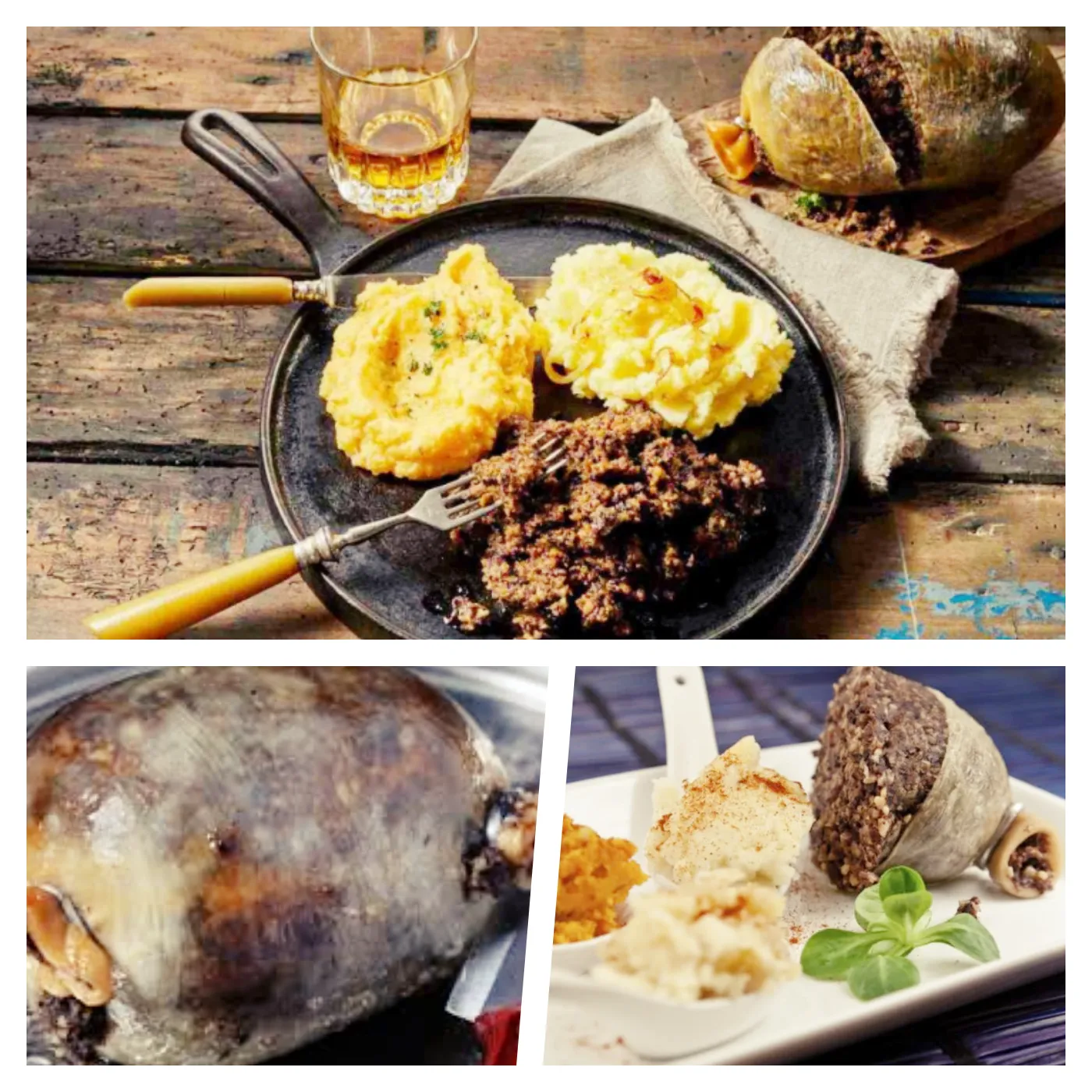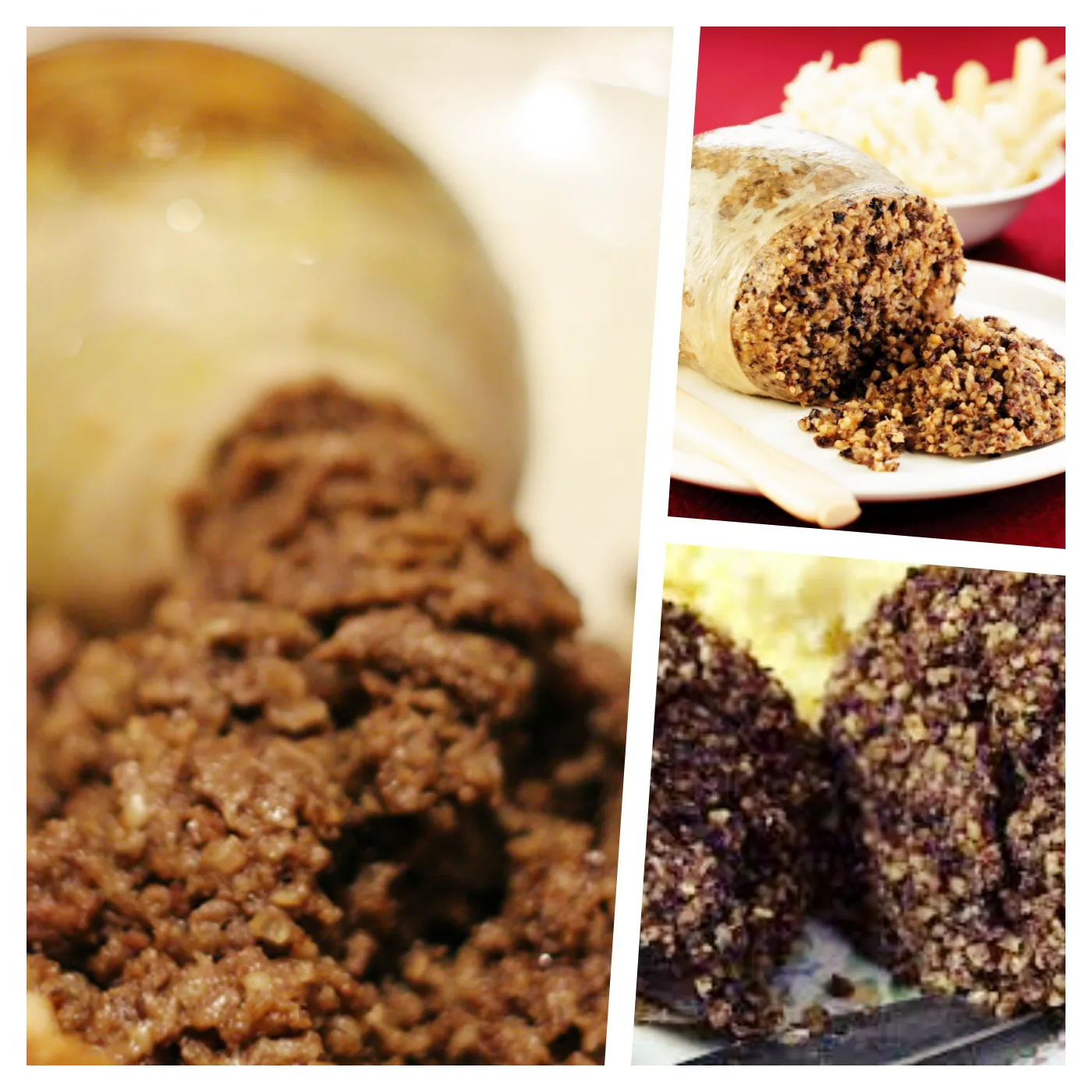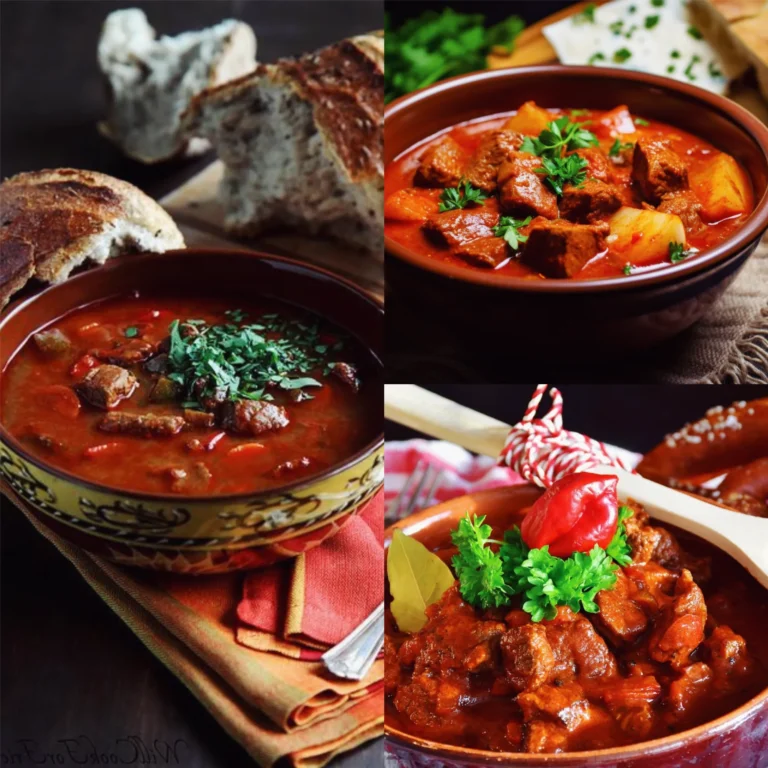
Haggis: Scotland’s Beloved National Dish
Haggis, often hailed as the “national dish” of Scotland, is far more than just a culinary curiosity. This traditional Scottish delicacy has intrigued food enthusiasts and travelers for centuries. But what exactly is haggis, and why does it hold such a special place in Scottish culture? Let’s take a closer look at this unique dish that continues to captivate people worldwide.

Haggis is a traditional Scottish delicacy and a proud symbol of Scotland’s rich culinary heritage. This unique dish is made from sheep’s offal, including the heart, liver, and lungs, which are minced and mixed with onions, oatmeal, suet, spices, and salt. The mixture is then packed into a sheep’s stomach (or a synthetic casing) and boiled until thoroughly cooked.
Haggis has roots in medieval times, where it was created as a practical way to use every part of the animal, especially sheep. Over time, it became a beloved staple of Scottish culture, celebrated in poetry and literature by famous Scottish poet Robert Burns, who wrote the ode “Address to a Haggis” in the 18th century to honor this iconic dish.

Traditionally, haggis is served with “neeps and tatties”—mashed turnips and potatoes. It is a central feature of Burns Night (a celebration held every January 25th to commemorate Robert Burns’s birthday), often accompanied by a glass of Scotch whisky and a ceremonial presentation that adds to the festive experience.

Haggis offers a rich, savory flavor with a hint of spice, providing a delicious balance between the sweetness of the oatmeal and the distinctive taste of spices. While the ingredients might sound unusual, haggis is considered a must-try for anyone visiting Scotland, offering a unique and authentic taste of Scottish culture.
Far from being just a dish, Haggis represents the creativity and resourcefulness of Scottish cuisine. It stands as a delicious testament to Scotland’s traditions and is a source of national pride for its people.






